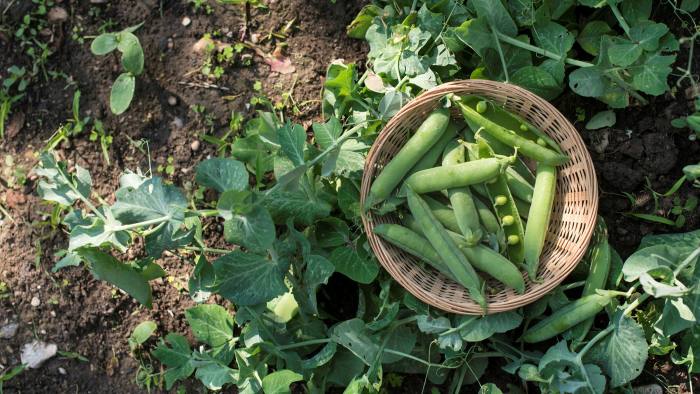
It’s a new year and many are starting 2022 with the time-honored resolution to be healthier. As we think about improving our individual health, we can also make resolutions on the farm to improve soil health.
Two important things to know about our soil:
- Soil-dwelling organisms are in many ways the unsung heroes of a healthy diet and...
- A surefire way to make an agriculture scientist cranky is to call soil dirt.
Soil health is the capacity of soil to function as an ecosystem and sustain productivity while maintaining or increasing its carbon content. Soil fertility is a component of soil health that considers nutrient status; it is the ability of soil to sustain plant growth by providing essential nutrients and favorable conditions.
Nature's way of constructing soil fertility includes a massive diversity of species and a lot of cooperation between them. Soil microbes in particular are terra firma’s tiny troops that can not only make nutrients and minerals available to plants, but stimulate growth, bolster plant stress responses and stimulate immune systems.
For instance, mycorrhizal fungi or nitrogen fixing bacteria are crucial for improving mineral nutrition and thus plant performance. They thrive in the root zone, a hotspot of ecological richness, and metabolize recalcitrant forms of nutrients to liberate these elements for plant nutrition. In other words, they unlock nutrients and make them usable for plants.
The soil microbiome is really a neighborhood and when that community is broken those members are unable to do their jobs which ultimately results in decreased concentrations of nutrients in our food and eventually our diets.
Essentially, soil microbes have the ability to increase the nutritional value of food!
Soil matters more than you think, it is a living entity that is the foundation for the nutrition in our food and essential for a successful society. Did you know that soil provides an estimated 95% of the food that we eat? Did you further know that nutrient availability is threatened by climate change?
Crops are facing nutritional impacts because of atmospheric changes such as increasing carbon dioxide (CO2). Plants need CO2 to grow the food we eat but researchers are finding that too much of a good thing is decreasing quality and turning them into 'junk-food'. When grown in conditions with increased CO2 levels of 550 parts per million (which we will reach by 2050) wheat, barley, rice, soy and field peas have shown significantly decreased zinc and other nutrients. Another study similarly found there were significant decreases in the concentrations of zinc and iron in all cultivars of grasses and legumes that were analyzed.
Zinc is really important for proper immune functions, which let's face it we all need right now, and it is also vital for maternal and child health. Insufficient nutrient intake is putting populations at risk of disease and malnutrition. More than 2 billion people worldwide suffer from hidden hunger
“The ‘hidden hunger’ due to micronutrient deficiency does not produce hunger as we know it. You might not feel it in the belly, but it strikes at the core of your health and vitality. “- Kul C. Gautam, former deputy executive director of UNICEF
Soil microbes may play "critical roles in mediating plant productivity and soil carbon/nitrogen dynamics under future climate scenarios” with increased levels of CO2. As well micronutrients such as iron, cobalt, molybdenum play an important role in microbes ability to fix nitrogen. Scientists are learning how different species play different roles in the successes of a farmer's crop and perhaps more importantly, how to use them strategically to bolster crops.
It is suggested that cultivars with decreased sensitivity to atmospheric CO2 concentrations could be a solution to this problem. This author wants to point out that optimizing interaction in the rhizosphere with fertilizers that have increased bioavailability of micronutrients could also be a solution.
Discover Soileos! Watch our recent webinar and see how Lucent BioSciences is building soil health through innovation!
